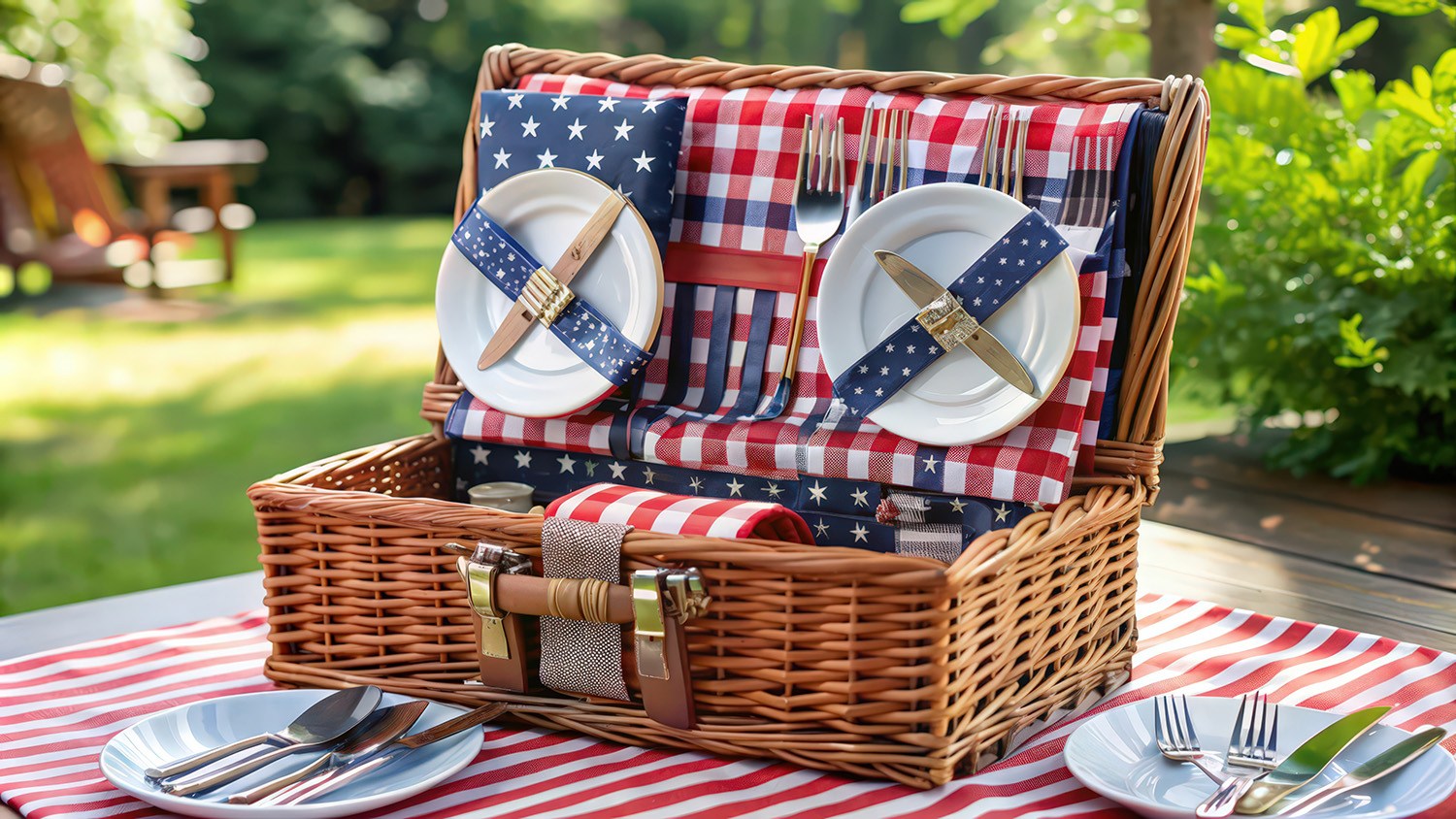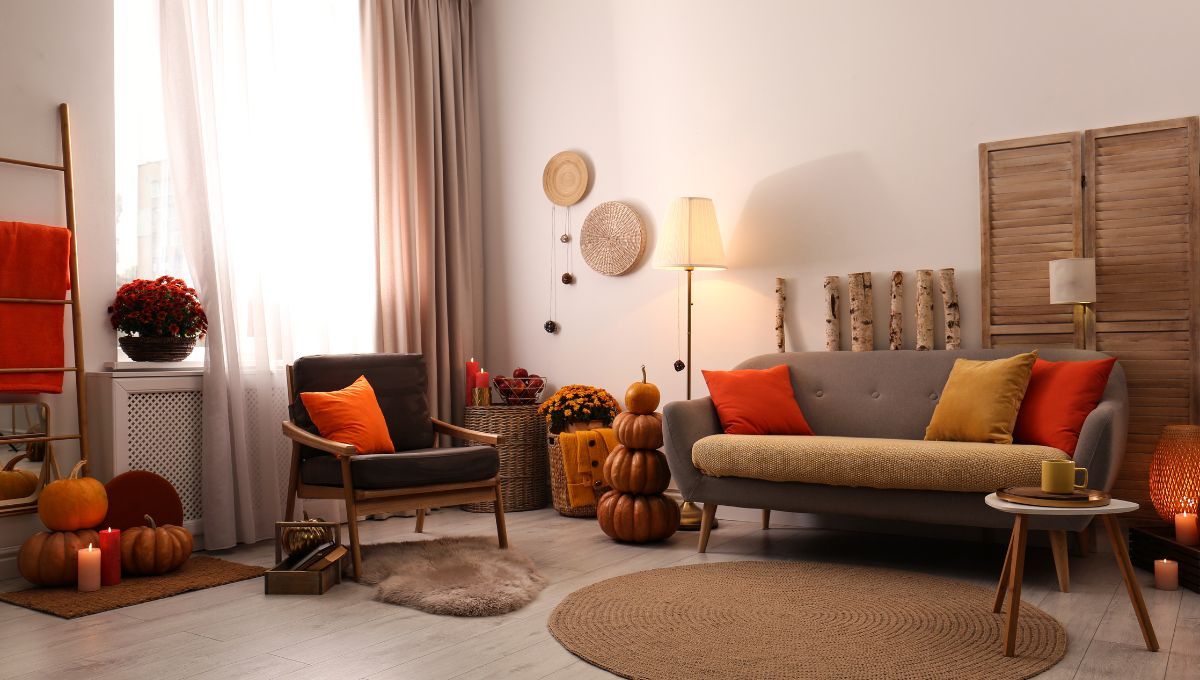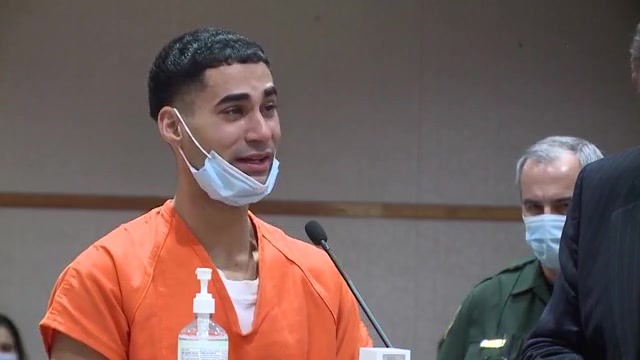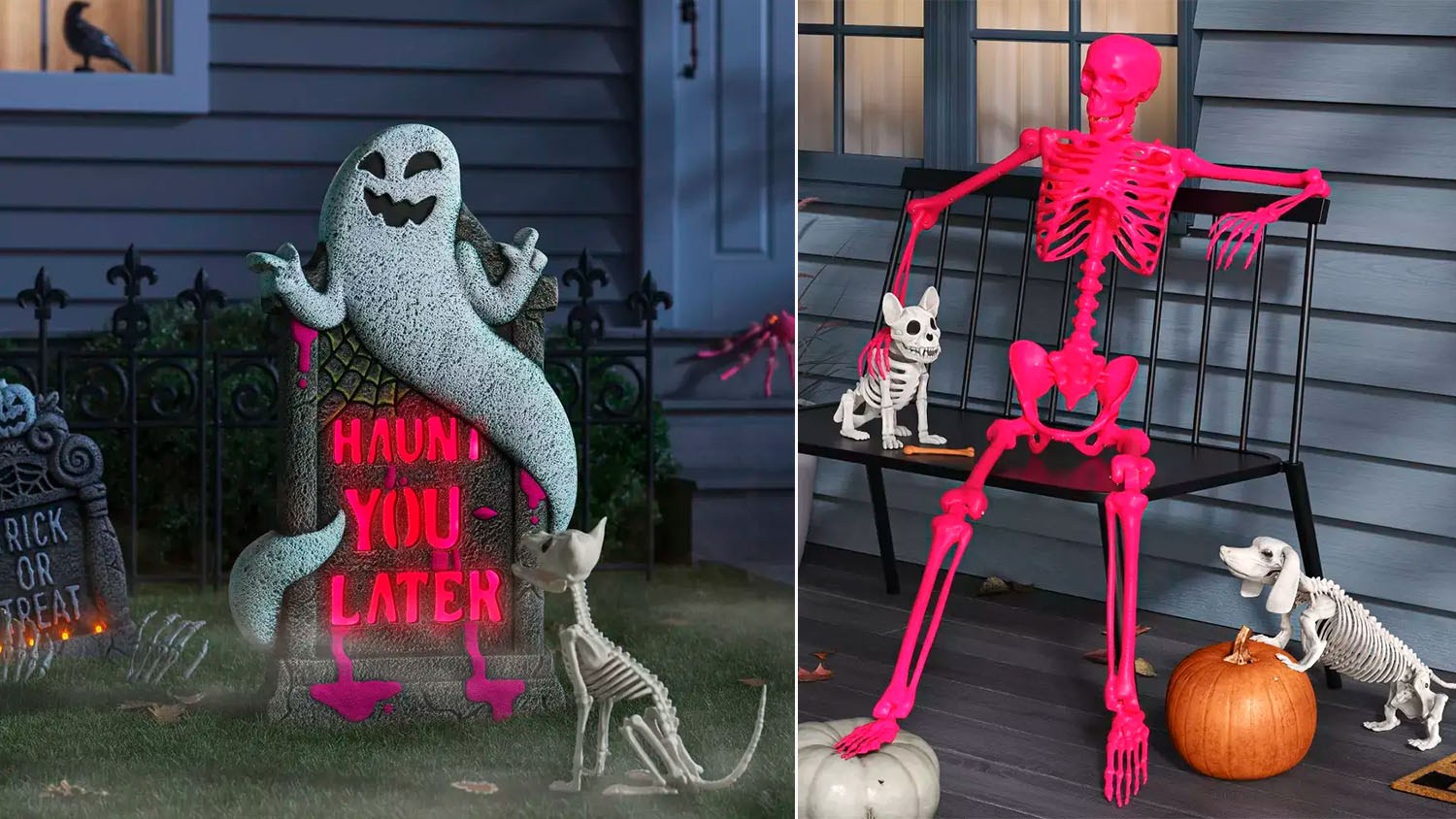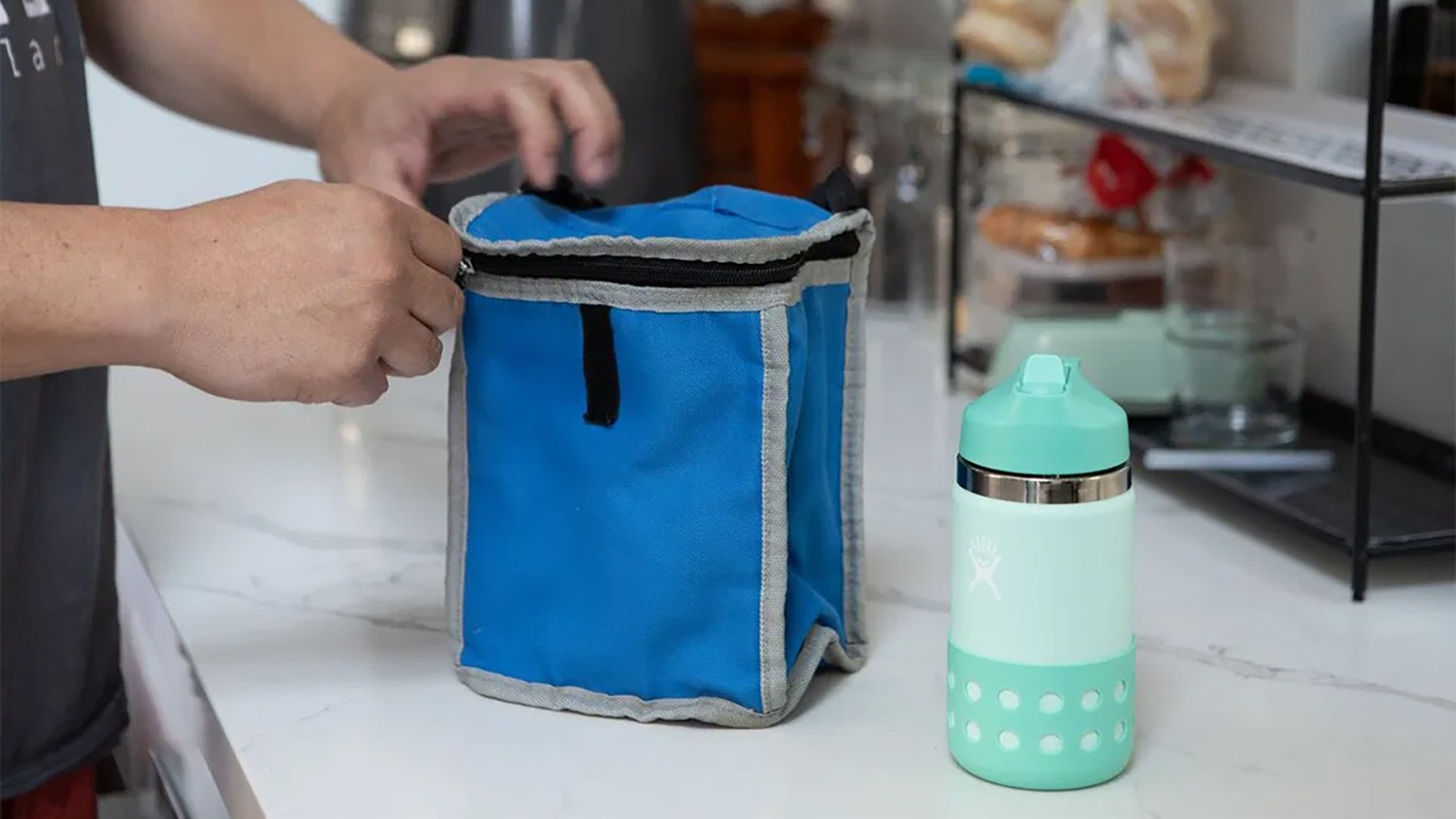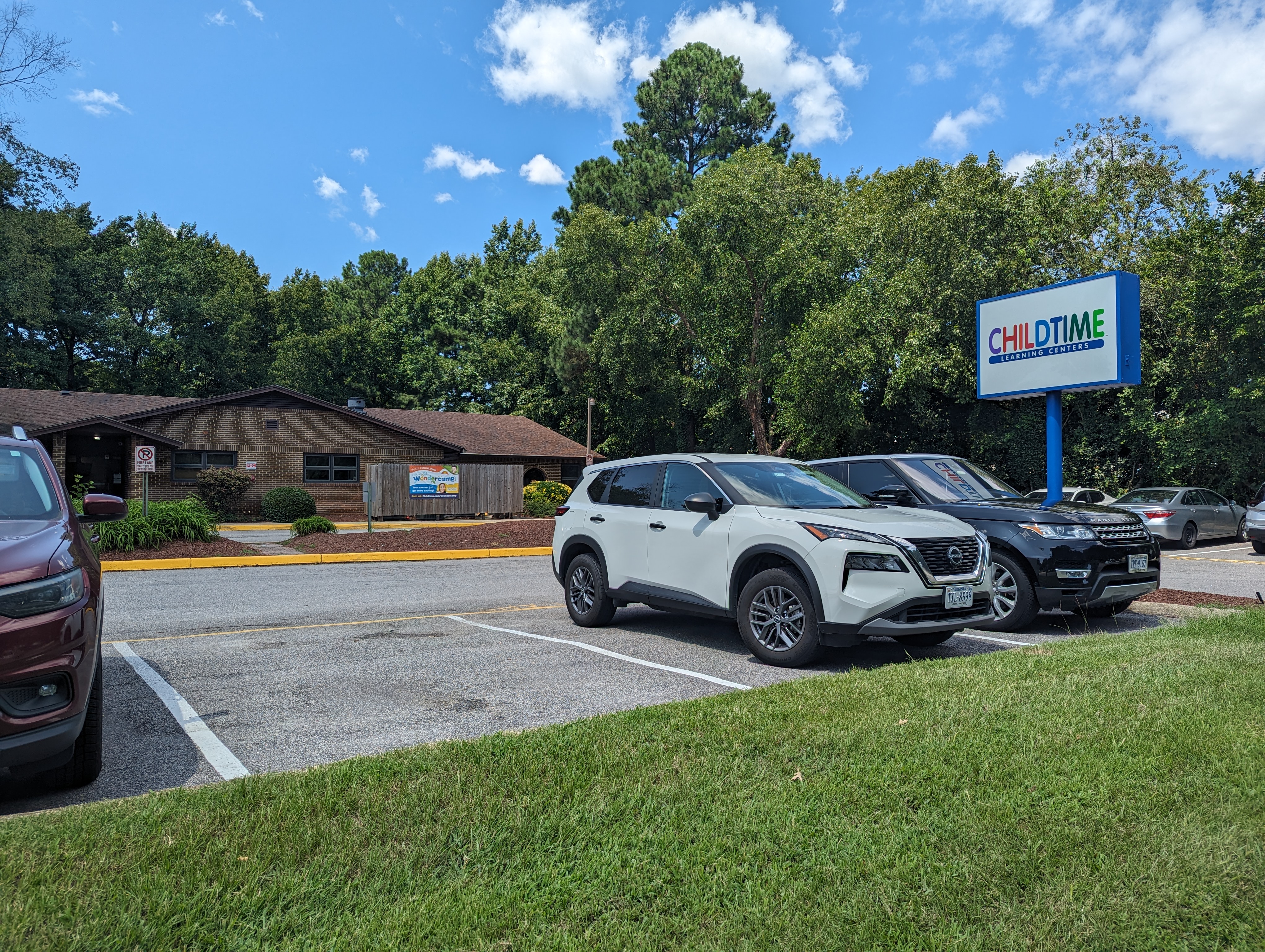WILLIAMSBURG, Va. (WAVY) — Expensive and rare pieces decorate the walls and rooms at the Art Museums of Colonial Williamsburg.
The building just finished a new expansion, and visitors flocked to the building Wednesday morning while torrential rain poured down outside.
There’s plenty to look at inside the museums, including the upholstery exhibit, which features original furniture from the 18th Century that’s been restored. Visitors looked around at the chairs and daybeds inside the room where the exhibit is held, not even realizing that the man who stood in there with them had his own photos on display as well.
“The job was supposed to be for two weeks,” said Leroy Graves. “Now, I’m here 53 years.”
Graves made all the furniture in the exhibit possible. He’s the the senior conservator of upholstery, a position he says wasn’t even around when he started working here in his 20s.
“I was working in the maintenance department. I was the smallest, little guy in the group and one day, collections needed someone to help the art handler. My boss said ‘Take the little guy.’ It was supposed to be for a few weeks and it ended up being two or three years,” he said.
With a growing family, Graves says he wanted to leave and work at Anheuser-Busch, which had just opened in James City County and was paying more. When he went in to tell his boss, he said no and sent him to the furniture department.
“I said ‘I don’t know anything about furniture.’ He said ‘You can learn.’ I was a furniture conservator for years,” Graves said.
There, Graves’ talent blossomed. He quickly picked up the craft and was self taught.
Eventually, he expressed ideas on how to repair the original furniture pieces they were getting in and came up with a non-intrusive way to fix the furniture without damaging by poking more holes and nails.
“Working on the pieces, they were so fragile. They couldn’t withstand another nail,” he said.
Graves’ technique is now used around the world.
In 2017, he was awarded the Eric M. Wunsch Award for Excellence in the American Arts and in 2019, the Excellence in Exhibition Award from American Alliance of Museums for the “Upholstery CSI: Reading the Evidence,” exhibit at the DeWitt Wallace Decorative Arts Museum.
Graves also published a book in 2015, “Early Seating Upholstery: Reading the Evidence,” which is no longer in print and sells for hundreds of dollars online.
Graves also helps private owners restore furniture and restored a piece for the White House.
“I give a lot of thanks to Colonial Williamsburg to give me the opportunity and they also gave me the opportunity to end up doing stuff like this. It’s been fun, ” he said. “I’m the type of person who loves to learn. I don’t like anyone to tell me I can’t do something. That makes me me more deterimined to do it,” he said.
Graves might’ve picked up that drive as a child growing up in Long Island, Virginia, which is about 30 minutes outside of Lynchburg.
He says his family was poor and were sharecroppers.
“Boys was out in the field pulling tobacco at the age of 6, no schooling. So, out in the field pulling tobacco and after ‘bacco season, there’s wheat and that type of stuff,” he said.
Graves moved to live with his mother in Williamsburg when he was in fifth grade. After a few years, he went back to Long Island and ceased going to school to earn money. However, sharecropping wasn’t cutting it, so he returned to Williamsburg and landed a temporary job in the maintenance department at Colonial Williamsburg.
“That’s all you knew,” he said about life in Long Island. “And I didn’t know there was a different world until I got to Williamsburg.”
It’s a life he could’ve never imagined, but one he’s extremely grateful for.
“Everytime I think about where I am and where I came from, I appreciate what I have in life. I have a beautiful family. I have a great job. So, I’m blessed,” he said.

